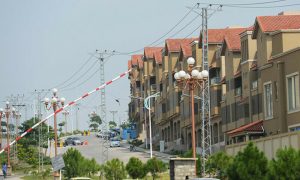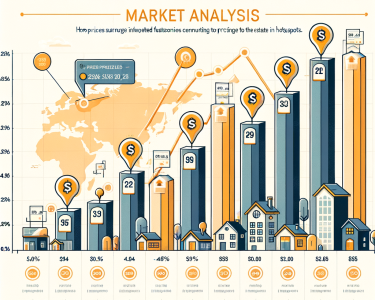Introduction:
Embark on a journey through Pakistan’s real estate sector as we delve into the diverse array of challenges and opportunities shaping its trajectory. Join us in unraveling the complexities of this dynamic market and uncovering pathways to success.
1. Regulatory Environment and Policy Uncertainty:
Examine the impact of regulatory hurdles and policy uncertainties on Pakistan’s real estate sector. Explore the implications of evolving regulations, taxation issues, and land acquisition challenges for developers and investors.
2. Infrastructure Development and Urbanization:

Delve into the opportunities arising from Pakistan’s rapid urbanization and infrastructure development initiatives. Explore the demand for residential, commercial, and mixed-use developments in burgeoning urban centers and emerging satellite cities.
3. Housing Affordability and Accessibility:
Address the challenge of housing affordability and accessibility in Pakistan’s real estate market. Explore innovative financing mechanisms, affordable housing schemes, and public-private partnerships aimed at bridging the housing gap and catering to diverse income segments.
4. Technology Adoption and Digital Transformation:
Unlock the potential of technology adoption and digital transformation in Pakistan’s real estate sector. Explore the role of digital platforms, property technology (PropTech) solutions, and data analytics in enhancing operational efficiency, customer engagement, and market transparency.
5. Sustainability and Green Building Initiatives:
Embrace the opportunities presented by sustainability and green building initiatives in Pakistan. Explore the growing demand for environmentally friendly and energy-efficient developments, as well as the potential for green certifications and incentives to drive market differentiation and value creation.
6. Infrastructure Deficits and Development Challenges:
Confront the infrastructure deficits and development challenges impeding Pakistan’s real estate sector. Address issues related to inadequate utilities, transportation networks, and urban planning, and explore strategies for overcoming these obstacles to sustainable growth.
7. Foreign Investment and Market Integration:
Assess the opportunities for foreign investment and market integration in Pakistan’s real estate sector. Explore the regulatory frameworks, incentives, and investment-friendly policies aimed at attracting international capital and fostering global partnerships.
8. Risk Mitigation and Resilience Strategies:
Navigate the risks inherent in Pakistan’s real estate market and explore resilience strategies for developers, investors, and stakeholders. From market volatility and geopolitical risks to currency fluctuations and legal challenges, identify proactive measures to mitigate risks and safeguard investments.
Conclusion:
In conclusion, Pakistan’s real estate sector presents a complex tapestry of challenges and opportunities, shaped by regulatory dynamics, infrastructure needs, affordability concerns, technological advancements, and sustainability imperatives. By understanding these dynamics and adopting a strategic approach, stakeholders can navigate the landscape with resilience and unlock the sector’s vast potential for growth and development.
Informative Table: Key Challenges and Opportunities in Pakistan’s Real Estate Sector
| Challenges | Opportunities |
|---|---|
| Regulatory Uncertainty | Infrastructure Development and Urbanization |
| Housing Affordability | Technology Adoption and Digital Transformation |
| Infrastructure Deficits | Sustainability and Green Building Initiatives |
| Foreign Investment Barriers | Market Integration and Foreign Investment Opportunities |
| Economic Volatility | Risk Mitigation and Resilience Strategies |
By delineating the challenges and opportunities in Pakistan’s real estate sector, this article aims to provide valuable insights to inform strategic decision-making and drive sustainable growth and development in the industry.




